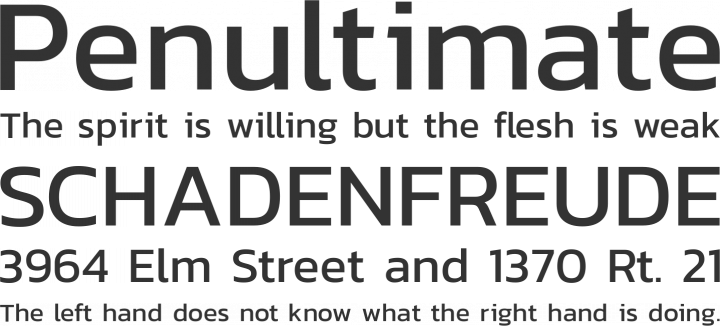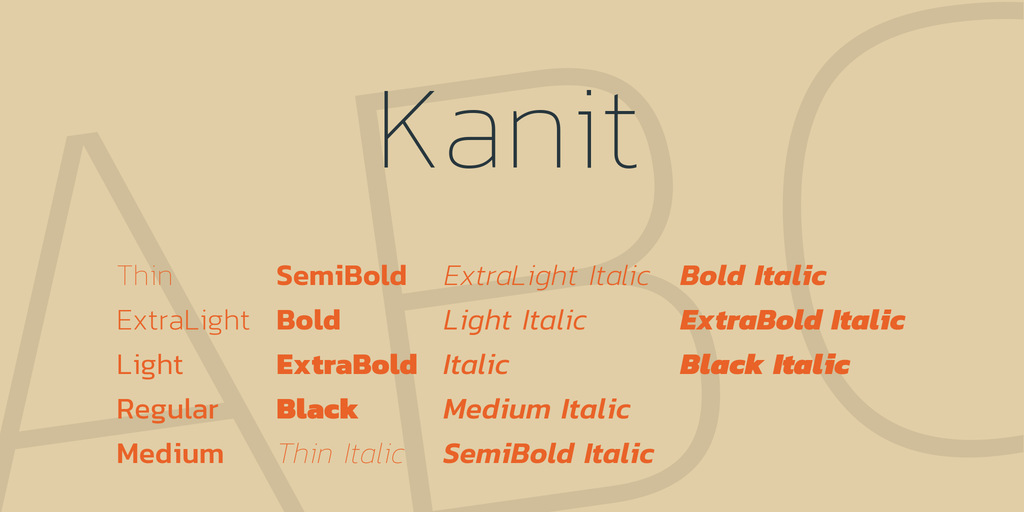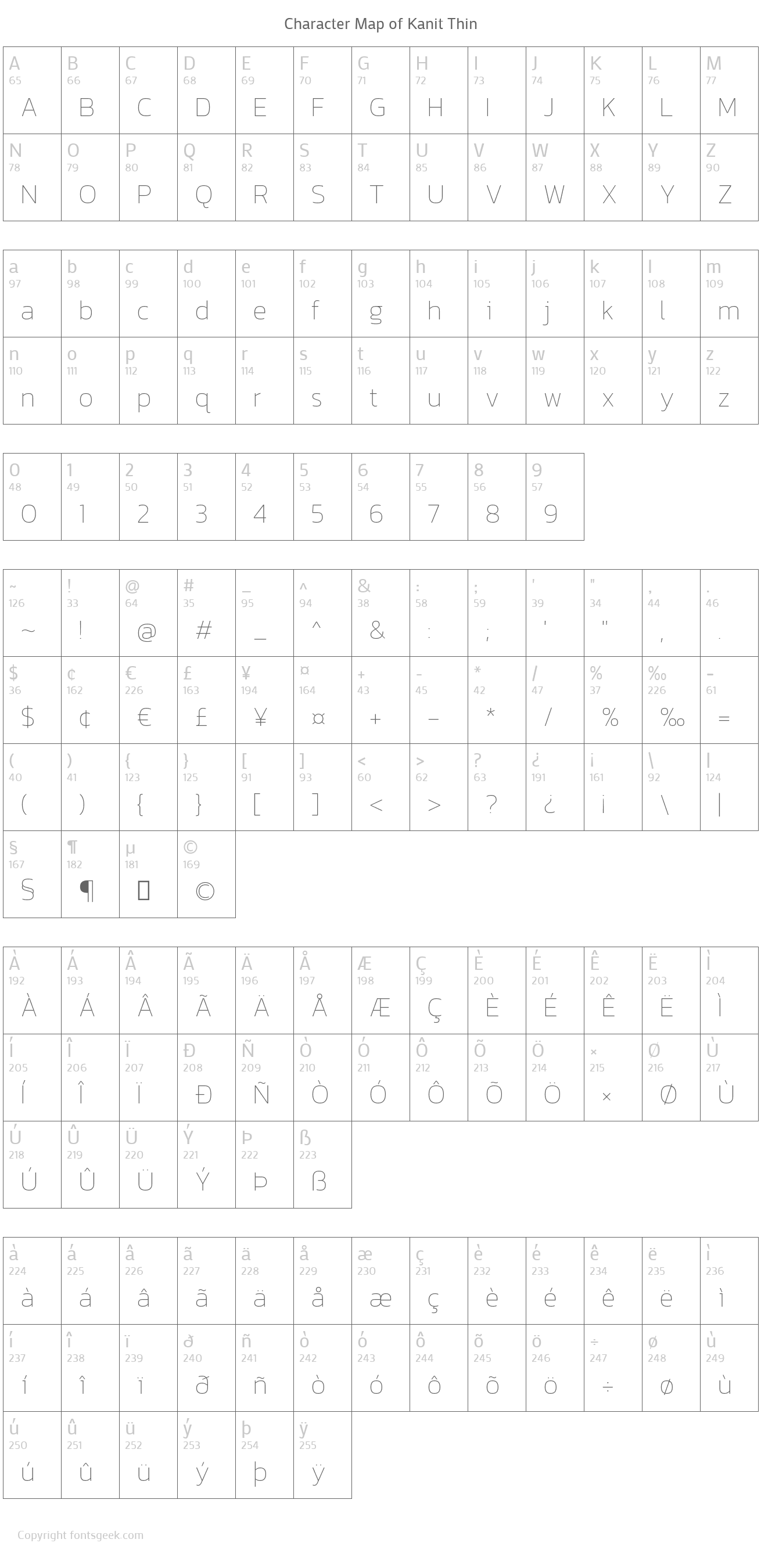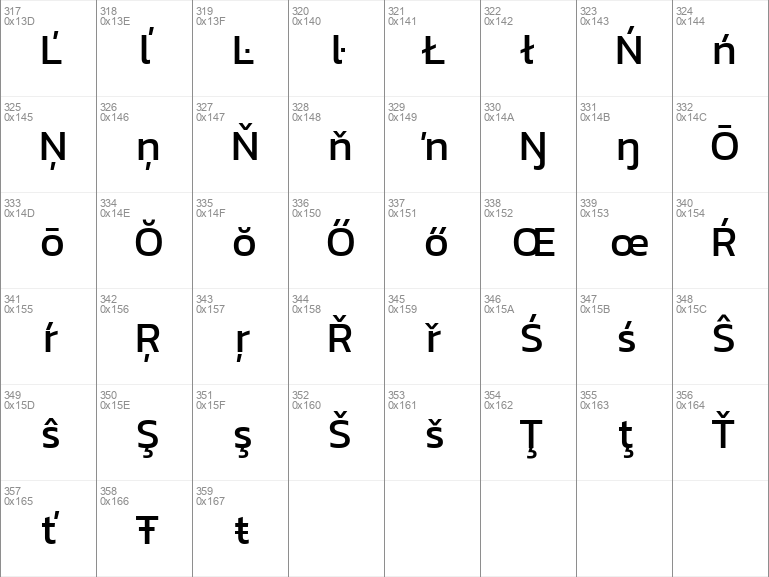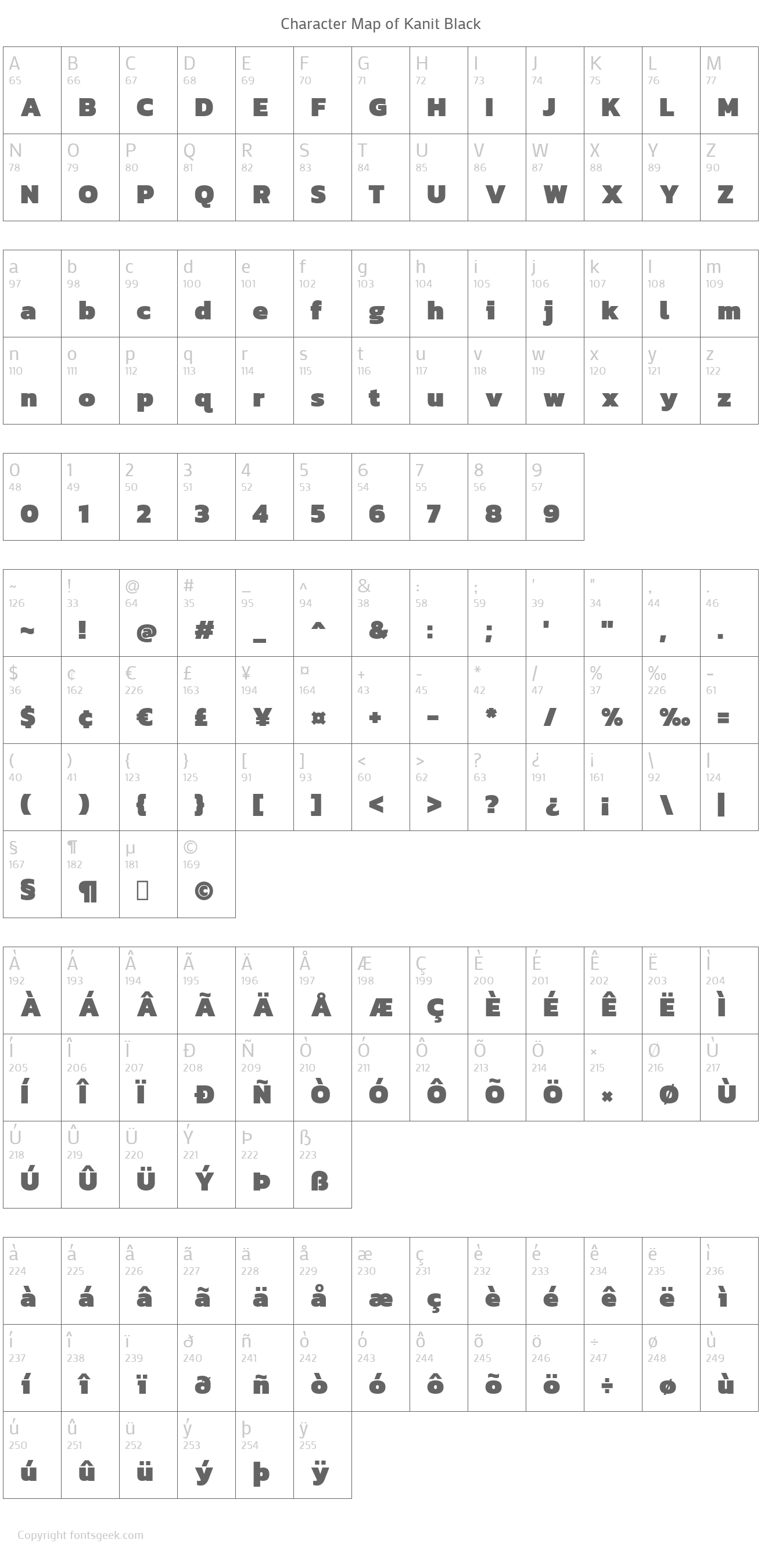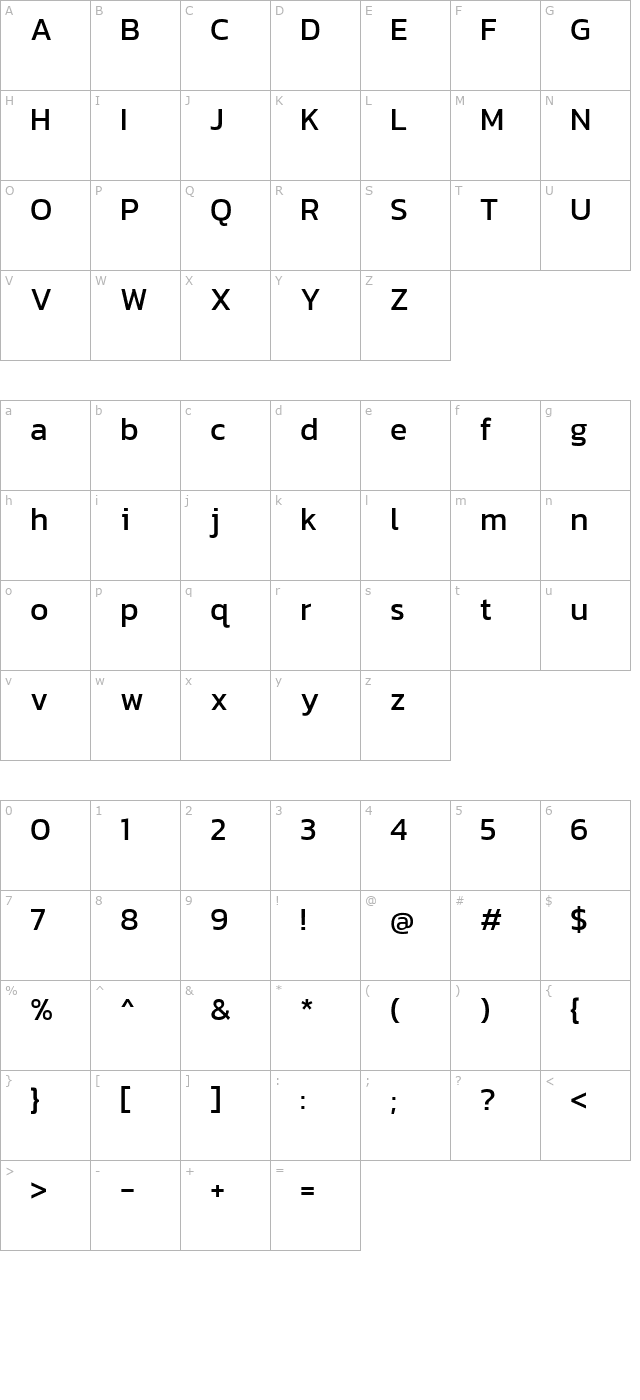Kanit Https Www Fontsquirrel Com Fonts Kanit

In the ever-evolving landscape of digital typography, one typeface has quietly been gaining traction, finding its way into diverse applications ranging from branding initiatives to website design: Kanit. But beyond its aesthetic appeal lies a story of open-source collaboration, linguistic nuance, and the democratization of design. The growing popularity of Kanit raises critical questions about the impact of free fonts on professional design and the increasing importance of multilingual typography in a globalized world.
This article delves into the origins, characteristics, and applications of Kanit, a Thai and Latin sans-serif typeface available under the SIL Open Font License (OFL) at https://www.fontsquirrel.com/fonts/kanit. It explores its impact on design accessibility, its unique visual features, and its role in promoting multilingual communication in the digital sphere.
The Genesis of Kanit: An Open-Source Success Story
Kanit is not the product of a single designer or a large corporation. It emerged from the collaborative spirit of the Cadson Demak foundry in Thailand, a testament to the power of open-source development in creating accessible and high-quality design resources.
The font was originally designed by Cadson Demak and released under the OFL, allowing anyone to use, modify, and distribute it freely. This open license has been crucial to Kanit's widespread adoption and has fostered a community of users who contribute to its ongoing improvement.
Key Features and Design Philosophy
Kanit is a sans-serif typeface with a modern and geometric aesthetic. Its clean lines and balanced proportions make it highly legible across a range of sizes and display environments.
The typeface supports both the Thai and Latin scripts, making it particularly valuable for bilingual communication. The careful integration of these two scripts demonstrates a deep understanding of the nuances of each language.
Notably, its wide range of weights, from thin to black, provides designers with considerable flexibility in creating visual hierarchies. This versatility contributes significantly to its adaptability in various design projects.
Kanit in Practice: Diverse Applications
Kanit's accessibility and versatility have led to its adoption across a wide range of applications. From website design to branding, the font proves it's a useful tool for designers.
Several organizations have incorporated Kanit into their brand identities, particularly those with a global reach. Its ability to support both Thai and Latin scripts makes it an ideal choice for businesses operating in Southeast Asia.
Many web designers appreciate Kanit for its readability on screen and its compatibility with different browsers and operating systems. These qualities make it a reliable option for enhancing user experience on websites.
Expert Opinions: The Impact of Free Fonts
The increasing popularity of fonts like Kanit raises important questions within the design community.
Some designers argue that open-source fonts democratize design, making high-quality typography accessible to individuals and organizations with limited budgets.
"Open-source fonts like Kanit level the playing field, empowering smaller businesses and independent designers," says Sarah Chen, a freelance graphic designer.
Others worry that the widespread use of free fonts could devalue the work of professional type designers. There are also concerns about the quality control and long-term maintenance of open-source projects, in contrast to commercial fonts with dedicated support teams.
The Future of Kanit and Open-Source Typography
The future of Kanit looks promising. Its open-source nature allows for continuous improvement and adaptation to new technologies and design trends. The community of users and contributors will play a crucial role in shaping its evolution.
The rise of multilingual typography is a key trend that will continue to influence the development of typefaces like Kanit. As the world becomes increasingly interconnected, the demand for fonts that seamlessly support multiple languages will only grow.
Kanit serves as a model for future open-source typography projects, demonstrating the power of collaboration and the potential to create valuable resources for the global design community. This exemplifies the power of open-source collaboration on design.

